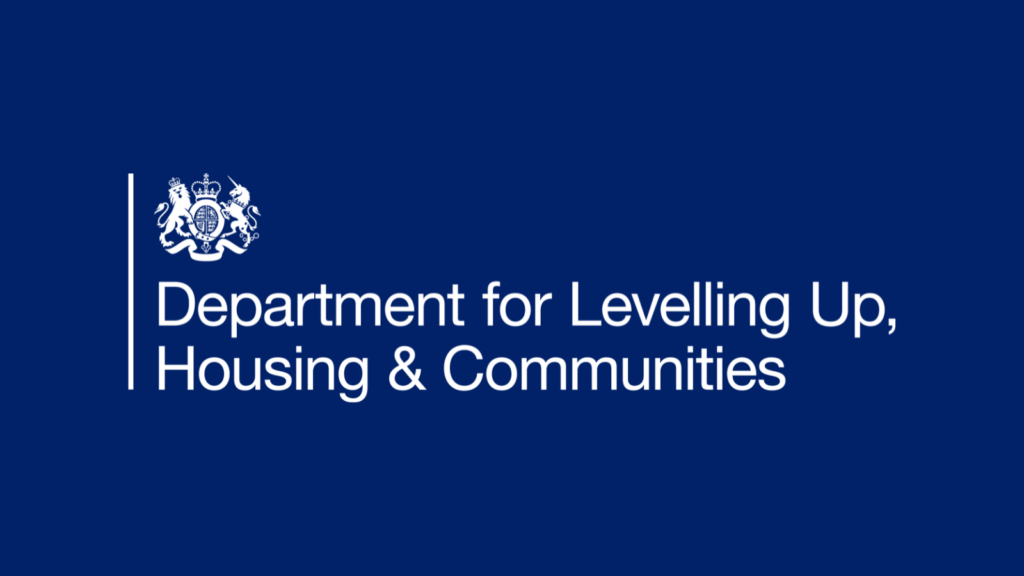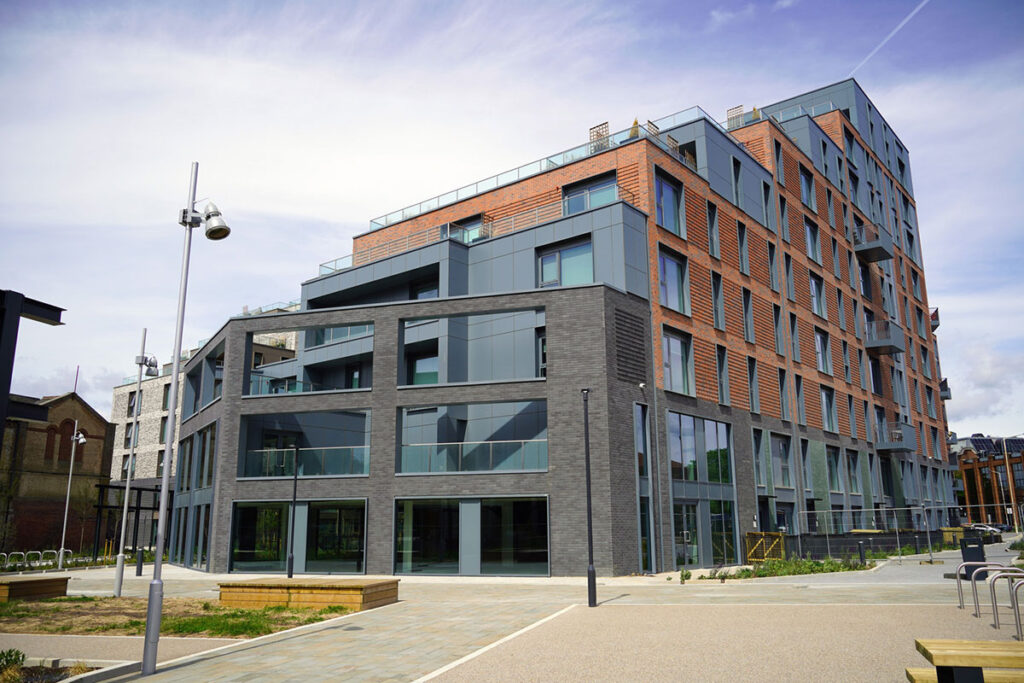The Grenfell Tower tragedy and the extensive investigations that followed led to a much-needed revision in the fire safety standards that govern British construction. The Building Safety Act 2022, which passed into law in April 2022 and finally made significant changes to provide homeowners and inhabitants with higher levels of security, is perhaps the most notable change.
Building Safety Act 2022
The Department for Levelling Up, Housing and Communities has produced five secondary laws to support the recommendations of Dame Judith Hackitt’s report in order to further strengthen the steps taken by the Building Safety Act 2022. The technical specifics of the design of higher-risk structures and the in-occupation safety regime are covered by these laws.
These secondary laws are listed below:
- The Building Regulations etc. (Amendment) (England) Regulations 2023,
- The Building Regulations (Higher-Risk Building Procedures) (England) 2023
- The Building (Approved Inspectors etc. And Review of Decisions) (England) Regulations 2023
- The Higher-Risk Buildings (Management of Safety Risks etc.) (England) Regulations 2023
- The Building Safety Act 2022 (Consequential Amendments etc.) Regulations 2023
THE BUILDING REGULATIONS ETC. (AMENDMENT) (ENGLAND) REGULATIONS 2023
Among the most significant modifications are:
- Beginning on October 1, 2023, this regulation applies to both England and Wales.
- It is a component of the rules that implement Section 3 of the Building Safety Act of 2022.
- A number of changes are made to the Building Regulations 2010 in Part 2, and a few new definitions are included in Part 3.
- Numerous procedural requirements in the Building Regulations 2010 do not apply to higher-risk buildings, according to Regulation 4. Building (High-Risk Building Procedures) (England) Regulations 2023’s prescribed procedures must be followed.
- Through Regulation 6, Part 2A has been added to the Building Regulations of 2010. Part 2A addresses the obligations a client has with respect to a project, more particularly those that relate to:
- the selection of a lead contractor and designer,
- the responsibilities and expertise of those involved in the project,
- When changes are made to the principal designer or contractor, the client must also notify the appropriate authority.
- The client is expected to deliver the compliance declarations to the appropriate authority after the project is finished.
- For applications for building control permission, Regulation 8 has added new requirements (corresponding to those in Section 16 of the Building Act 1984).
- New obligations for consultation during applications have been added to Regulation 9 (which is comparable to Article 45 of the Regulatory Reform (Fire Safety) Order 2005).
- As part of Regulation 12, Regulations 20 and 20A of the Building Regulations 2010 have been modified. They now specify that the project’s client is required to inform everyone working on a higher-risk building that it is a higher-risk building.
- As part of Regulation 12, Regulations 20 and 20A of the Building Regulations 2010 have been modified. They now specify that the project’s client is required to inform everyone working on a higher-risk building that it is a higher-risk building.
- The Building Regulations 2010 are amended by Regulation 13 to replace Regulation 38. According to the modification, the responsible party is required under Regulation 38 to acknowledge receipt of the fire safety information. When fire safety information is transferred, the Building Control Authority should also be informed so they may acknowledge the responsible party’s receipt of it.
- Regulations 45 and 46 of the Building Regulations 2010 have been left out as part of Regulation 14.
- A notice of starting work has replaced the previous notice of intention to begin work (Rule 16 of the Building Regulations 2010). Additionally, it is now necessary to specify what counts as starting work as well as to indicate where it has started.
THE BUILDING REGULATIONS (HIGHER-RISK BUILDING PROCEDURES) (ENGLAND) 2023
Among the most significant modifications are:
- This instrument, one of a number of Regulations, implements a portion of Chapter 30’s Part 3 of the Building Safety Act of 2022.
- The regulator is the building control authority for any higher-risk building in England and any potential higher-risk construction, as per Section 91ZA of the Building Act of 1984. Section 32 of the Building Safety Act of 2022, which is scheduled to go into effect on October 1, 2023, included this clause.
- Part 2 of these Regulations describes the procedures for getting building control permission for higher-risk buildings. Applications must be submitted to the regulatory body with the required plans and paperwork. Building control clearance may, with the applicant’s cooperation, be subject to requirements, such as a prohibition on moving forward past a particular point without the regulator’s consent or the possibility that the regulator may later approve more precise plans or documents.
- Mandated occurrence reporting, the handover of information following work completion, and the golden thread of information are all included in Part 4 of these Regulations.
- Part 5 of these Regulations describes the processes for getting a completion certificate for higher-risk constructions. Applications must be submitted to the regulatory body with the required plans and paperwork. Provision is also made for partial completion certificates where it is advised that a building (or a component of a building) be occupied prior to the conclusion of all the higher-risk building work.
THE BUILDING (APPROVED INSPECTORS ETC., AND REVIEW OF DECISIONS) (ENGLAND) REGULATIONS 2023
Among the most significant modifications are:
- Part 3 of the Building Safety Act 2022 is implemented in part by a number of rules, some of which include this section.
- Beginning on October 1, 2023, Section 91ZA of the Building Act of 1984 establishes the regulator as the building control authority for any higher-risk building in England as well as any prospective higher-risk construction.
- The registration duration for registered building inspectors and registered building control approvers is outlined in Part 2. Additionally, it specifies the regulatory decisions that are up for review in accordance with section 25 of the Building Safety Act 2022. Also given is information on appealing after a review.
- Part 3 of the Building (Approved Inspectors etc.) Regulations 2010 have been modified.
- The provisions that an approved inspector must send to the person performing the work when the inspector is proposing to cancel the initial notice for violation of the duty holder and compliance provisions are added by Regulation 8 to Regulation 8 of the 2010 Regulations.
- According to Regulation 9, if an authorised inspector submits an initial notice or an amended notice on or after October 1, 2023, and the local authority is certain that the notice involves high-risk building work, the local authority must send a notice informing the applicant that the notice was invalid.
- New regulations 16A and 16E are added to the 2010 Regulations by Regulation 11.
- In accordance with section 52A of the Building Act of 1984, new forms for cancelling an initial notification are established by Regulations 12(4) and 18(2).
THE HIGHER-RISK BUILDINGS (MANAGEMENT OF SAFETY RISKS ETC.) (ENGLAND) REGULATIONS 2023
Among the most significant modifications are:
- The following changes, which are primarily administrative clauses pertaining to the management of safety issues in higher-risk buildings, only apply to England.
- Additional details on building assessment certificates are provided in Regulation 3.
- Regulation 4 details the actions that a responsible person must take to guarantee the building’s safety.
- The reporting requirements for building safety issues to the Building Safety Regulator are highlighted in Regulation 6.
- While rules 8 and 9 outline the procedure of providing information to the Building Safety Regulator, regulation 7 deals with maintaining information and documentation about higher-risk buildings.
- The potential compliance letters that could be delivered to the responsible parties by the Building Safety Regulator are regulated by Regulation 14.
THE BUILDING SAFETY ACT 2022 (CONSEQUENTIAL AMENDMENTS ETC.) REGULATIONS 2023
Among the most significant modifications are:
- This section’s regulations make changes that are pertinent to Part 3 of the Building Safety Act 2022.
- Regulations 2 through 16 have altered the London Building Act.
- These changes deal with the repeal of paragraph 20 of Schedule 5 to the 2022 Act, which related to section 16 of the Building Act of 1984 (c. 55), which mandated the submission of building project plans to local authorities.
- In place of depositing plans, Section 33 of 2022 allows for the submission of applications for building control approval. There are provisions for applications for building control approval in paragraph 1B of Schedule 1 to the Building Act of 1984.
- With these changes, a reference to depositing plans has been replaced with a reference to filing a request for building control permission.
- Regulation 17 deals with the transitional measures put in place to guarantee that building work for which a notice is provided under Section 16 of the Building Act 1984 before October 1, 2023, is not affected by the changes in Regulations (2-16).




